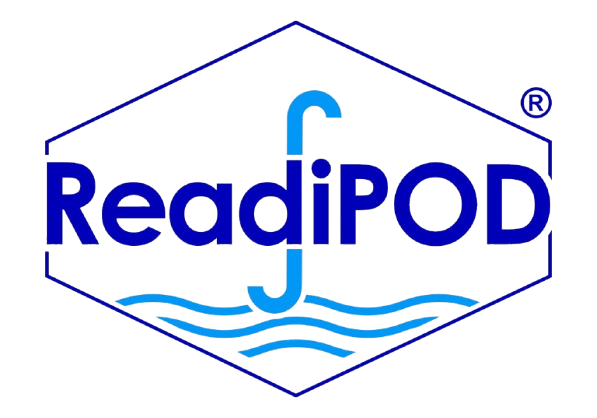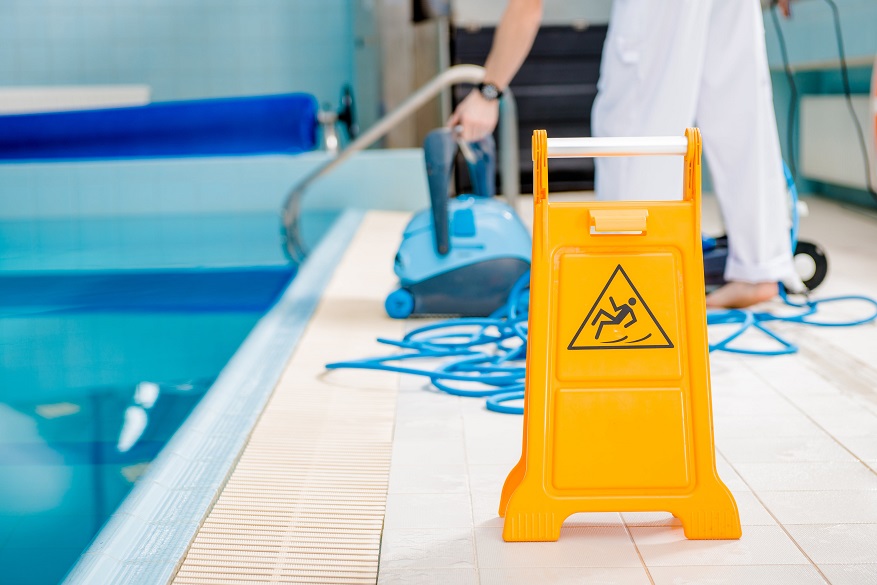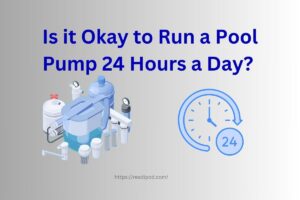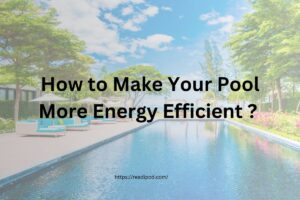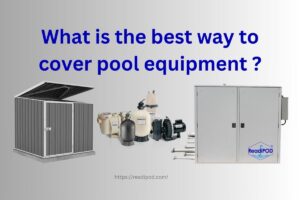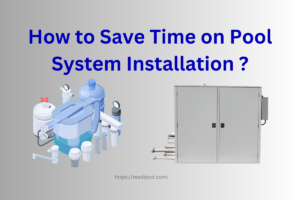Owning a pool in Ohio Can be a source of endless summer enjoyment, offering a personal oasis for relaxation and fun. However, with the luxury of a pool comes the responsibility of regular maintenance, which is crucial to keep the water clean, the equipment running smoothly, and the overall experience enjoyable. Understanding the costs associated with maintaining a pool is essential for planning and budgeting, especially in northern parts of the state where the changing seasons can have a significant impact on maintenance needs and expenses.
Whether you’re a new pool owner or looking to optimize your current maintenance routine, this guide will walk you through the various factors that affect pool maintenance costs focusing in Cleveland, from routine upkeep to seasonal adjustments. By the end, you’ll have a clearer picture of what it takes to keep your pool in pristine condition throughout the year and how to manage these costs effectively.
Factors Affecting Pool Maintenance Costs
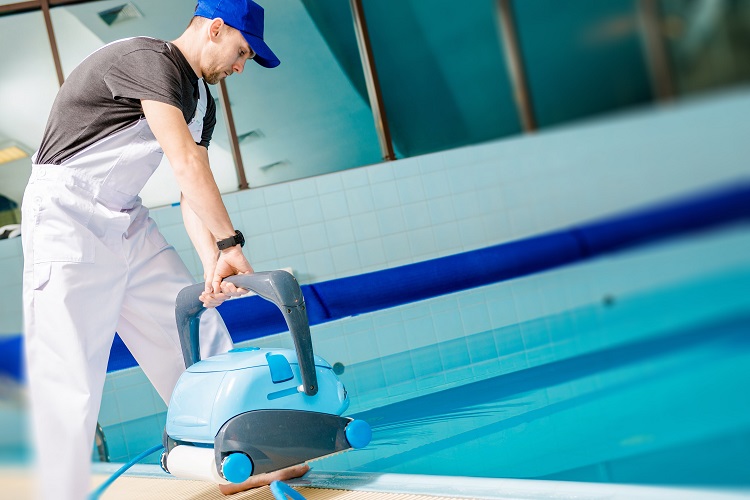
When it comes to maintaining a pool in Cleveland, several factors can influence the overall cost. Understanding these variables is key to anticipating expenses and ensuring that your pool remains in top condition throughout the year.
1. Pool Size and Type
The size and type of your pool are primary determinants of maintenance costs. Larger pools naturally require more chemicals, more extensive cleaning, and more energy to operate, which increases ongoing expenses. The type of pool—whether in-ground or above-ground—also plays a significant role. In-ground pools, especially those made of concrete with plaster finishes, often demand more frequent and intensive maintenance compared to above-ground pools, which tend to be smaller.
2. Seasonal Considerations
Cleveland’s distinct seasons have a direct impact on pool maintenance. The hot summer months see increased usage, leading to higher demands for cleaning, chemical balancing, and equipment operation. Conversely, the cold winters require proper winterization to protect the pool from freezing temperatures, which adds to the annual maintenance budget. The process of opening the pool each spring involves the costs of labor to perform the work, removing organic debris which may have accumulated in the pool during winter and then balancing the water chemistry before first use of the season. Winterizing a pool carries cost, too, although this work is more focused on the labor and equipment needed to purge water from pipes that might freeze and making sure the water level is low enough to accommodate freezing at the right height of the water vessel to resist the stress of water freezing.
3. Pool Materials and Equipment
The materials used in your pool’s construction—such as concrete-plaster, vinyl, or fiberglass—affect how often and how much you’ll spend on maintenance. Concrete-plaster pools, while durable, often need resurfacing every few years, which can be costly. Vinyl liners may need to be replaced every 5 to 10 years, depending on usage and care. Additionally, the condition and efficiency of your pool’s equipment, including pumps, heaters, and filters, are crucial to maintenance costs. Older or less efficient equipment may require more frequent repairs or replacements, driving up costs over time.
4. Water Quality and Chemical Use
Maintaining the right chemical balance is essential for keeping your pool water clean and safe. Factors such as the local water supply, frequency of use, how often the pool is uncovered exposing it to sunlight or rainwater, and exposure to contaminants can affect how much you’ll need to spend on chemicals like chlorine, pH balancers, and algaecides. In Cleveland, where water quality can vary, it’s important to regularly test and adjust chemical levels, which can become a significant part of your maintenance budget.
5. Energy Costs
Operating your pool’s pump, heater, and other equipment contributes to your energy bills. In Cleveland, where the swimming season is relatively short, heating the pool can be expensive. Energy costs can vary widely depending on the efficiency of your equipment, the desired pool temperature, whether the pool shell is insulated, how often the pool is covered, and how often you use the pool. Investing in insulation around the water vessel during construction, using energy-efficient pumps and heaters can help mitigate these costs, but it’s still a major factor to consider. Energy costs can be estimated by an experienced pool builder.
6. Frequency of Use and Bathing Load
How often your pool is used, how many people use the pool at once and whether dogs use the pool will directly impact maintenance costs. Even a clean dog can bring in more contaminants to a pool than several people. A pool that’s in constant use will require more frequent cleaning, chemical adjustments, and equipment operation, leading to higher costs. On the other hand, a pool that’s used sparingly may require less day-to-day maintenance but will still need regular upkeep to prevent issues from arising.
7. Professional Services vs. DIY Maintenance
Finally, the choice between hiring professional pool maintenance services and doing it yourself significantly affects costs. Professional services provide convenience and expertise but come at a higher price. DIY maintenance can save money, but it requires time, effort, and a good understanding of pool care. Deciding which approach suits your needs and budget will influence your overall maintenance expenses.
Breakdown of Pool Maintenance Costs
Maintaining a pool involves a variety of recurring and occasional expenses, all of which contribute to the overall cost of ownership. Here’s a detailed breakdown of the different components that make up pool maintenance costs in Cleveland:
1. Routine Maintenance
Routine maintenance is essential to keep your pool in good working order and ensure the water remains clean and safe for swimming. This typically includes the following tasks:
- Cleaning: Skimming debris, vacuuming the pool floor, and brushing the walls are necessary to prevent algae growth and keep the water clear. If you hire a professional service, routine cleaning might cost between $75 and $150 per visit, depending on the pool size and frequency of visits.
- Chemical Balancing: Regularly testing and adjusting the chemical levels, including chlorine, pH, alkalinity, and calcium hardness, is crucial for water quality. The cost of chemicals for a standard-sized pool can range from $30 to $150 per month, depending on usage and water quality.
- Equipment Inspection: Seasonal equipment maintenance of your pool’s filtration system, pump, heater, and other equipment are vital to ensure they are functioning correctly. Professional inspection services might add an extra service visit at $100 or more per visit, plus the cost of parts or replacement equipment.
2. Chemical Costs
Maintaining the proper chemical balance is one of the most important aspects of pool maintenance. The key chemicals include:
- Chlorine: Used to disinfect the water and kill bacteria and algae. Monthly chlorine costs can range from $20 to $50, depending on the pool size and usage.
- pH Balancers: Maintaining the correct pH level (usually between 7.2 and 7.8) is essential to prevent skin irritation and equipment damage. pH adjusters can cost around $10 to $20 per month.
- Algaecides and Shock Treatments: These are used periodically to control algae growth and to “shock” the pool by adding a high dose of chlorine to kill contaminants. Costs for these treatments can range from $15 to $30 per month.
3. Energy Costs
The energy required to run your pool’s pump, heater, and other equipment can be a significant part of your monthly expenses:
- Pumps: A standard pool pump, depending on its efficiency and usage, can add approximately $30 to $50 to your monthly electricity bill.
- Heaters: If you have a pool heater, especially in a climate like Cleveland’s, you can expect to see an increase in your energy costs. Heating the pool during cooler months can add several hundred dollars per month in the cooler months, depending on the type of heater and the desired water temperature. The cost of initially heating the pool in spring is an additional cost, which is typically more than maintaining the pools temperature, especially as ambient weather warms.
- Energy Efficiency: Investing in energy-efficient equipment, as mandated by federal requirements, and a pool cover, can help reduce these costs over time, somewhat offset by higher initial costs.
4. Repairs and Replacements
Over time, wear and tear on your pool and its components will necessitate repairs and replacements:
- Pool Liner Replacement: For vinyl pools, replacing the liner is necessary every 5 to 10 years, costing between $2,000 and $5,000.
- Pump and Heater Repairs: Common repairs, such as fixing or replacing a pump or heater, can range from hundreds to thousands of dollars, depending on the complexity of the job and the size of the equipment.
- Surface Resurfacing: Concrete pools may need resurfacing every 10 to 15 years, which can cost between $4,000 and $10,000, depending on the pool size and finish.
- Unexpected Repairs: Budgeting for unexpected repairs is wise, with an annual reserve of $1,000 can help prepare to cover these costs.
5. Winterization and Off-Season Costs
In Cleveland, where the pool season is relatively short, winterization is a necessary expense:
- Winterization Process: Preparing your pool for the winter involves draining water from the plumbing, adding antifreeze, and covering the pool. Professional winterization services typically cost between $300 and $600 depending on the size and complexity of the pool.
- Cover Maintenance: Keeping your pool covered during the off-season protects it from debris and harsh weather. High-quality pool covers can last several years but may need occasional repairs or replacement, with covers costing over $1,000 plus installation.
6. Summary of Costs
- Routine Maintenance: $75 to $150 per month (or more with professional services).
- Chemical Costs: $30 to $100 per month.
- Energy Costs: $30 to $50 per month.
- Repairs and Replacements: $500 to $1,000 annually, with occasional larger expenses.
- Winterization: $300 to $600 per year.
- Total Estimated Annual Costs: $1,500 to $3,500+ (depending on pool size, type, usage, and level of professional involvement).
Professional Services vs. DIY Costs
Maintaining your pool can be smooth and stress-free, depending on whether you choose professional services or take the DIY route. Each option has its own benefits and costs, so it’s important to consider what fits your preferences and budget best.
Professional Pool Service
Having a professional pool service maintain water quality and equipment generally costs between $1,000 and $2,500 per year. This option provides expert care and ensures that your pool remains in excellent condition with minimal effort on your part. Professionals can handle everything, including cleaning, chemical balancing, equipment checks, and repairs, saving you time and guaranteeing consistent, high-quality maintenance. If you prefer a hassle-free experience and don’t mind the extra cost, professional services are a great choice.
DIY Pool Maintenance
If you’re looking to save money and enjoy a hands-on approach, DIY pool maintenance might be the right fit, usually costing between $500 and $1,200 annually. Taking care of your pool yourself allows you to work on your own schedule and learn more about pool care. While it requires a time commitment and some basic knowledge, DIY maintenance can be more budget-friendly and satisfying if you enjoy tackling tasks on your own and are willing to invest time in learning.
Local Cleveland Costs For Pool Maintenance
In Cleveland, the costs of pool maintenance can vary depending on several factors such as the size of your pool, the type of maintenance required, and whether you choose professional services or DIY. Here’s a breakdown of what you can expect for pool maintenance in the Cleveland area:
Professional Pool Maintenance Costs
- Routine Service: Professional cleaning and maintenance typically cost between $100 and $200 per visit. This includes skimming, vacuuming, brushing, and chemical balancing. For a monthly service plan, you can expect to pay between $400 and $1,200 annually.
- Winterization and Opening: Preparing your pool for winter and getting it ready for the summer season can cost between $300 and $600 per service. This includes tasks like draining water, adding antifreeze, and covering the pool for winter, as well as reopening it, cleaning, and balancing chemicals in the spring.
- Repairs: Routine repairs and equipment maintenance can vary widely. Minor repairs might cost a few hundred dollars, while more extensive repairs or replacements (like pumps or heaters) could be more than $1,000.
DIY Pool Maintenance Costs
- Chemicals: The cost of pool chemicals in Cleveland generally ranges from $30 to $100 per month, depending on the size of your pool and the specific chemicals needed (e.g., chlorine, pH balancers, algaecides).
- Equipment: For DIY maintenance, you might spend about $100 to $300 annually on equipment such as skimmers, brushes, and vacuums. Replacement parts and occasional upgrades can add to this cost.
- Energy Costs: Operating your pool pump and heater can add $30 to $50 to your monthly electricity bill, depending on usage and efficiency, and not including the initial heating of the cold water at the start of the season.
- Winterization Supplies: DIY winterization, including the cost of chemicals and covers, typically ranges from $100 to $300 annually.
Summary
| Cost Category | Estimated Cost |
| Professional Routine Service | $100 to $200 per visit |
| Professional Annual Service | $400 to $1,200 per year |
| Winterization and Opening | $250 to $500 per service |
| Repairs | $200 to $1,500+ |
| DIY Chemicals | $30 to $100 per month |
| DIY Equipment | $100 to $300 annually |
| DIY Energy Costs | $30 to $350 per month |
| DIY Winterization Supplies | $100 to $300 annually |
Tips for Reducing Pool Maintenance Costs
Cutting pool maintenance costs doesn’t mean skimping on quality. Check out these savvy tips to save money while keeping your pool sparkling:
- Use a Pool Cover: Keeps people safe by reducing drowning risk. Keeps debris out, cuts chemical use, and lowers heating costs.
- Regular Skimming: A quick skim prevents debris build-up and makes cleaning easier.
- Optimize Pump Use: Run your pump at higher speeds during off-peak hours and ensure it’s the right size to save on energy bills.
- Balance Chemicals: Regular testing helps avoid overuse and expensive treatments.
- Clean Frequently: Regular brushing and vacuuming prevent costly repairs.
- Upgrade to Energy-Efficient Gear: Invest in efficient pumps and heaters to cut energy costs.
- Perform Regular Checks: Catch minor issues early to avoid costly repairs.
- Manage Water Usage: Prevent leaks and avoid overfilling to save on water bills.
- DIY Tools: Use manual vacuums and brushes to reduce the need for professional services.
- Off-Season Maintenance: Schedule maintenance when rates may be lower.
- Consider ReadiPOD: Our all-in-one pool system simplifies maintenance, reduces upkeep costs, and ensures efficiency with its compact, integrated design.
Conclusion
Maintaining a pool in Cleveland doesn’t have to be expensive or overwhelming. By adopting smart strategies like using a pool cover, optimizing pump usage, balancing chemicals, and performing regular maintenance, you can keep costs down while enjoying a sparkling pool. Additionally, considering energy-efficient equipment and DIY tools can further reduce expenses. For a streamlined, cost-effective solution, ReadiPOD’s all-in-one pool system offers an integrated approach to pool care, simplifying maintenance and minimizing upkeep costs. By implementing these tips and exploring efficient solutions like ReadiPOD, you can keep your pool in top condition without stretching your budget.
FAQs
Pool size, type, location, frequency of service, and whether you use professional services or DIY methods all affect maintenance costs.
Professional pool maintenance typically costs between $1,200 and $2,500 annually. DIY maintenance usually ranges from $500 to $1,200 per year.
To save money, use a pool cover, regularly clean and skim the pool, optimize pump use, balance chemicals properly, and consider energy-efficient equipment. ReadiPOD’s all-in-one pool system can also help lower costs by simplifying maintenance.
A pool cover reduces debris, lowers heating and chemical costs, and helps maintain water temperature.
ReadiPOD’s all-in-one system integrates essential equipment into a compact, easy-to-maintain unit, simplifying upkeep and reducing overall maintenance costs.
